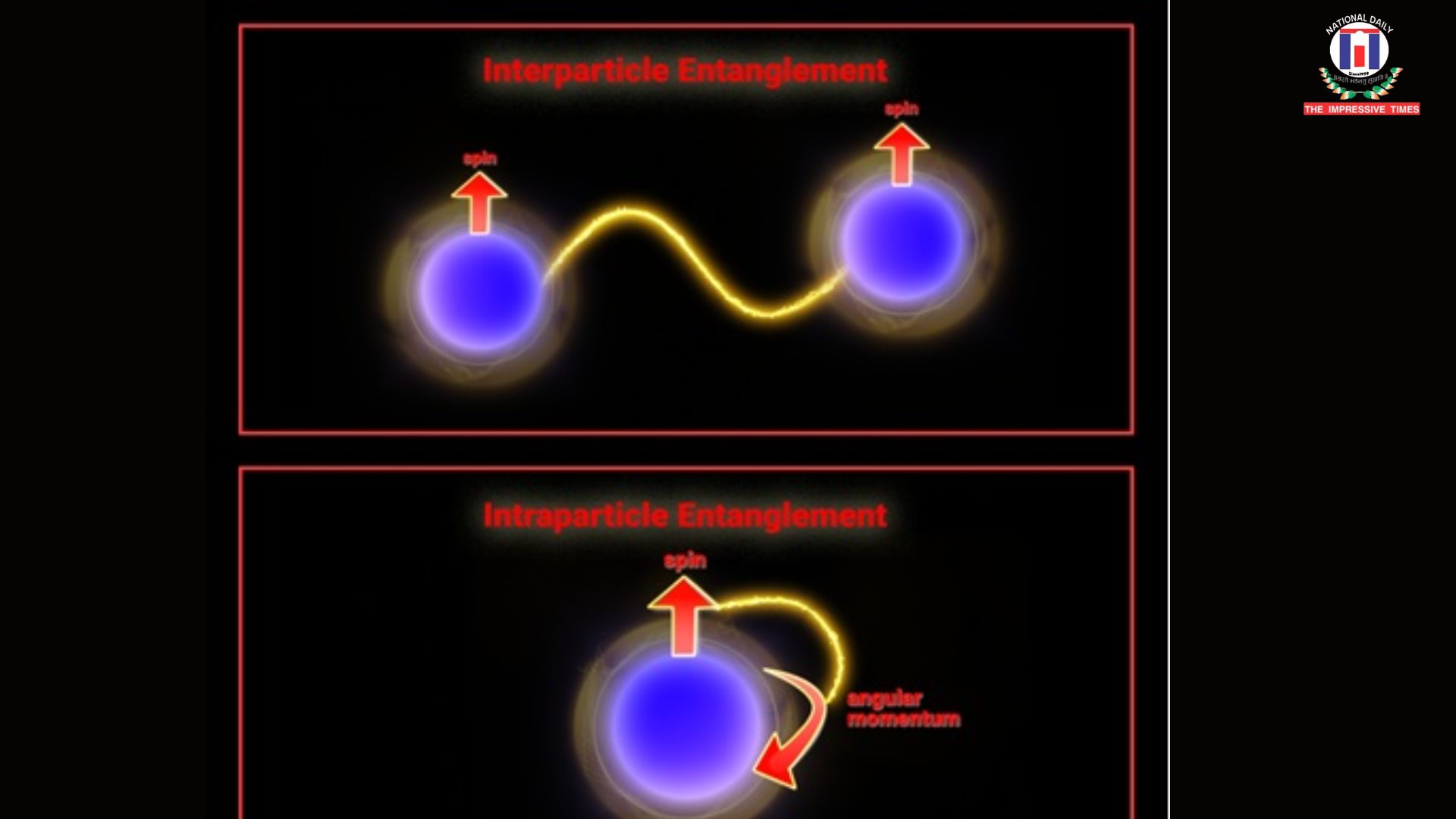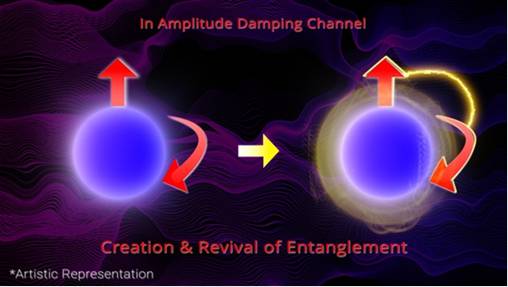
New Delhi, July 14, 2025 — In a stunning scientific breakthrough, Indian researchers have discovered that quantum noise, previously considered a destructive force, can actually generate and revive quantum entanglement—but only within a single particle. This finding, led by the Raman Research Institute (RRI) and collaborators, challenges a long-standing belief in the quantum world and opens the door to more robust and efficient quantum computing and communication technologies.
At the core of this research is intraparticle entanglement, a lesser-known form of quantum entanglement that links different properties within the same particle. Unlike the more commonly studied interparticle entanglement—which links two separate particles—this newly explored form demonstrates surprising resilience under environmental noise.
Traditionally, quantum noise has been seen as the enemy of entanglement, causing decoherence that breaks the delicate quantum link. However, the RRI-led study has found that a specific type of noise—amplitude damping—can not only degrade but revive or even generate entanglement in systems that initially had none.
“Our study shows that under certain noise conditions, entanglement doesn’t just survive—it emerges,” said Animesh Sinha Roy, Post-Doctoral Fellow at RRI and lead author of the study. “We’ve also derived an exact mathematical formula to predict how entanglement behaves, depending on noise strength and input states.”
The findings are based on a new Global Noise Model, which treats the quantum particle as a whole rather than separating its components. This provides a more realistic and practical model for quantum systems and enhances the relevance of the results across platforms such as photons, neutrons, and trapped ions.

Fig 2: In Intraparticle Entanglement, noise from an amplitude damping channel can not only generate entanglement, but also revive it.
Intraparticle entanglement remains more stable and even re-emerges under noise, unlike interparticle entanglement which decays irreversibly.
Amplitude damping noise can create entanglement in previously unentangled states.
Researchers tested three major types of quantum noise: amplitude damping, phase damping, and depolarizing noise, all of which simulate different environmental interactions.
The derived analytical expression for “concurrence”, a key measure of entanglement, now allows precise predictions in noisy systems.
“This is a game-changer,” said Prof. Urbasi Sinha, head of the Quantum Information and Computing (QuIC) lab at RRI. “We’re now exploring practical experiments using single photons to apply these findings in quantum communication and quantum computing.”
The study—published in Frontiers in Quantum Science and Technology—marks a paradigm shift in how scientists perceive noise in quantum mechanics. Funded in part by India’s National Quantum Mission (NQM) and the India-Trento Programme on Advanced Research (ITPAR), this research could redefine the design of commercially viable quantum technologies.
Quantum physicist Prof. Dipankar Home from the Bose Institute in Kolkata praised the study as “indeed a breakthrough,” noting it offers a promising foundation for noise-resilient quantum applications.
By showing that noise isn’t always a villain—and could sometimes be an unexpected ally—this discovery paves the way for the next generation of quantum technologies, especially those requiring stability in real-world environments.











No Comments: